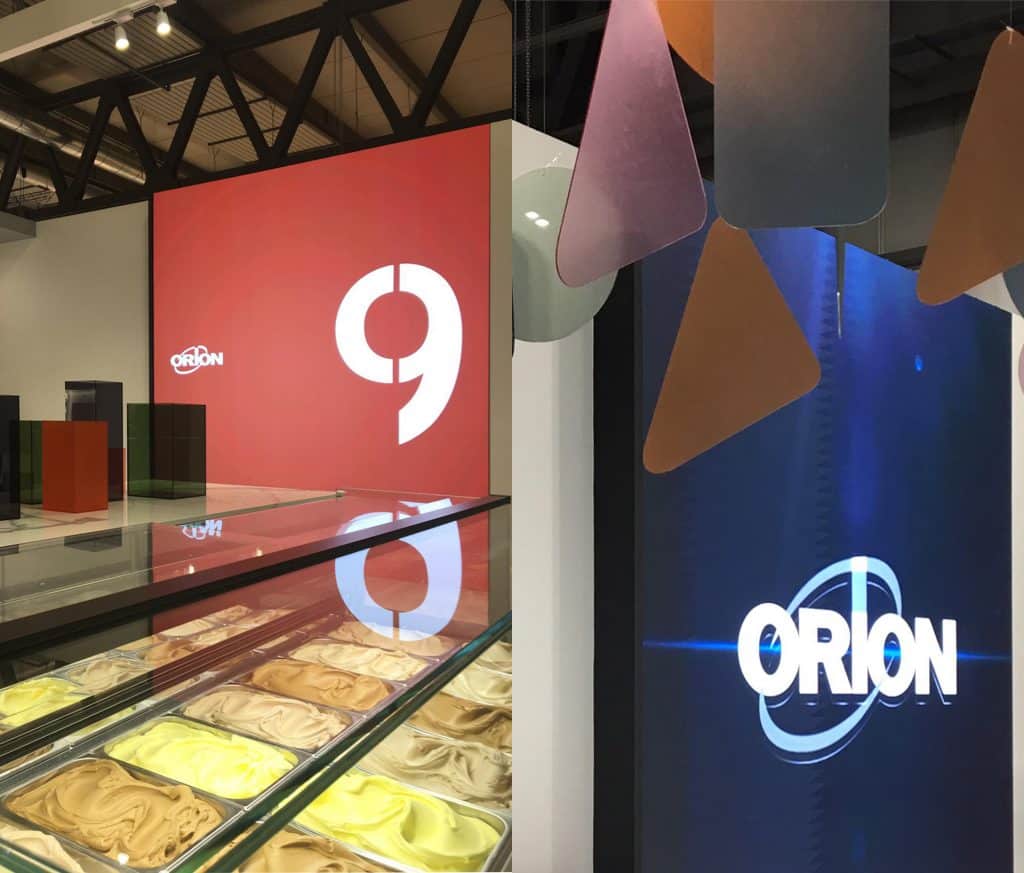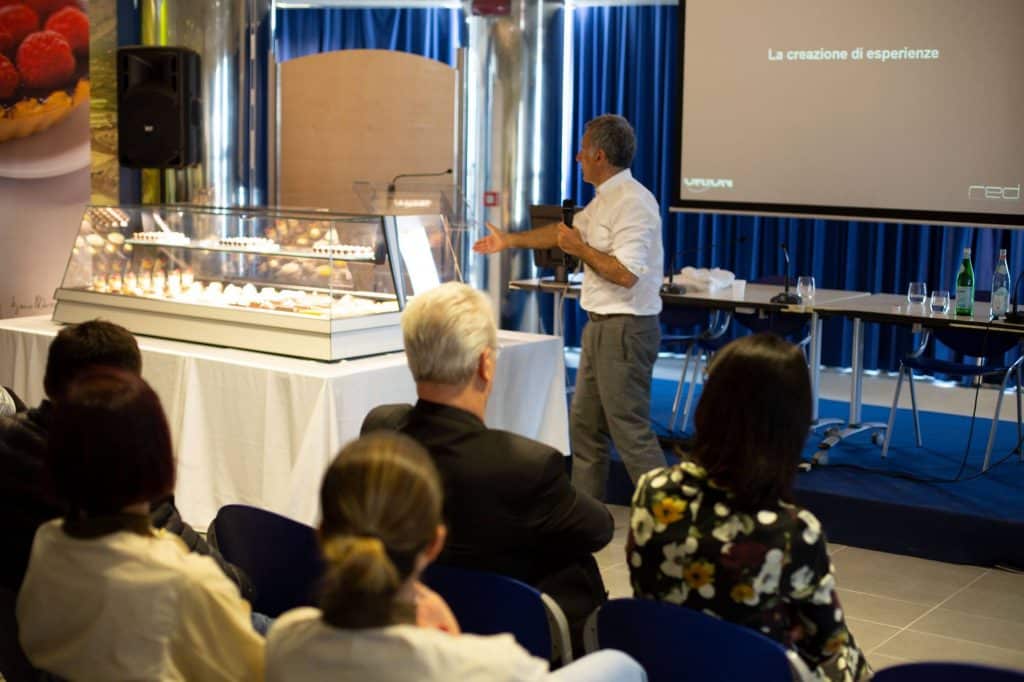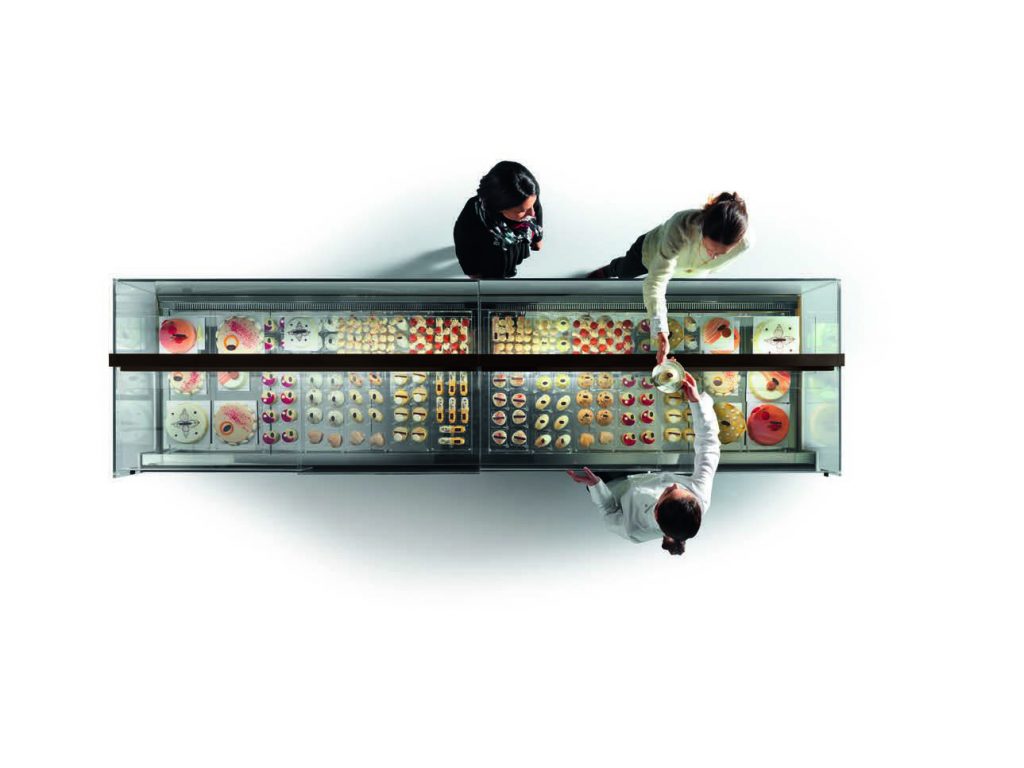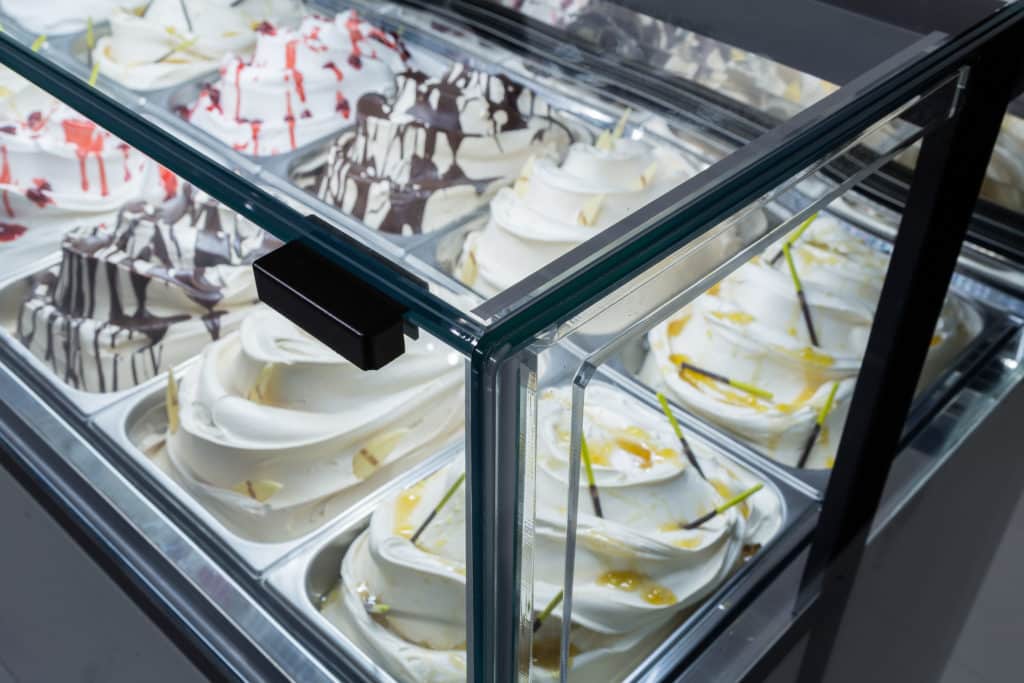No one will ever want to give up a good ice cream
But artisans and entrepreneurs will have to be ready
Carlo Meo is one of the leading international experts in purchasing behavior and experiential retail concept. He was interviewed for Orion by Cristiano Carriero, storyteller and expert in local marketing.
Hi Carlo, thanks for being available. How is the ice cream sector doing?
Let’s start with some good news: the gelato shop sector is the favourite, compared to other food sectors. And I say this for a number of aspects: both psychological and consumption-related, but also of operation with respect to the point of sale. The psychological aspect is that – obviously – going towards the warm season and towards a decrease in the contagion curve, the desire to leave the house will soon be felt, clearly compatibly with the decrees…
And I know for sure that one of the greatest desires of Italians is to eat a good ice cream, can you confirm it?
The simplicity and symbolic value of ice cream have always been very important, and consequently they will be even more so on this tour: compared to entering a bar or restaurant, which perhaps does not have a dehors or it’s very crowded, the idea of getting an ice cream, eating it on the street or taking it away helps psychologically, as I told you.
Furthermore, if you think about it, the gelateria is already somehow structured to meet the rules. You queue up at the cash desk, you have a counter that divides the customer from the operator, distances are already respected because usually, at least in most ice cream shops, the product is consumed on the street, facing the sea or wherever you want.

For those who have an ice cream parlor with seating instead?
It is clear that for this type of venue, or the ice cream parlor which is part of a broader concept such as the cafeteria or pastry shop, the theme of table management opens up. In the early days, reducing the number of seats is a forced choice, but not necessarily a negative one. In the meantime, it will be necessary to think about the creation of “paths” inside the venue: I mean paths that accompany the consumer from the choice of flavors to the cash register and then again to the dehors or to the tables. All things that could come in handy, in terms of visual merchandising, even after the emergency is over.
The theme of takeaway instead? Do you consider this a point to work on?
Absolutely yes, even more so because as I told you, it is a product of great symbolic value. This applies both to large cities that have a structured delivery service (such as Just Eat or Deliveroo), which however inevitably loses margins, and to small towns where it is possible to organize one’s own delivery service, which can be a very important factor.
If you think about it, in our country, the home delivery service has always existed. He brought home milk and bread, in small towns the grocery stores knew the names and surnames of their customers. It is not
except that there will be a return to this type of relationship.
I understand that in general the picture is not so bad for the business.
No, I confirm it. The gelateria is a business that can even score a plus on turnover. Obviously he will have to adapt, he will have to train, he will have to think out of the box. It will have to create distancing rules, create orderly queues at the checkout, have a communication system with customers, where customers are reassured that the rules are applied, and that the quality of the ice cream is guaranteed. In short, establishing a system of constant dialogue and relationship with the customer.

Will the public’s relationship with the ice cream counter change?
The counter is already designed to keep an adequate distance, but we certainly won’t be able to see people crowded on the showcase for the choice of tastes. The guarantee and storytelling of the brand that says “I make better ice cream than my competitor” will be even more important! I see great storytelling opportunities, in fact: you have to help people choose, talk more with customers to explain their tastes, you have to think of a communication system where, with respect to distance, you see bigger signs. I know you’re an expert on the subject and you know what I’m talking about. Now more than ever “showing” becomes essential, at least as much as seeing.

It seems to me that training on the subject is essential for insiders. It seems to me the right time to do it.
Think of other businesses: the ritual of having coffee at the counter is to be forgotten for a while, as are aperitifs. A leading company will have to introduce itself to the bartenders, its customers, and say: “Look, I’ve worked on some guidelines, I’ll give you some suggestions”. This must also happen with ice cream shops and with all those places where communication will accompany logistics, innovation and profit.
Do you think we will “Starbuckize”?
Inevitably. Choice and consumption habits will change. We will have to become more able to communicate, and communicate safety, hygiene, cleanliness. The craftsman will have to take one more step towards the entrepreneur. That he knows how to choose and train, maybe he’s willing to spend a little more for communication and for showcases that guarantee everything we’ve said. Italians will certainly be less rich, but no one will want to give up a treat like an ice cream by the sea or a beer in front of a sunset. Never.


